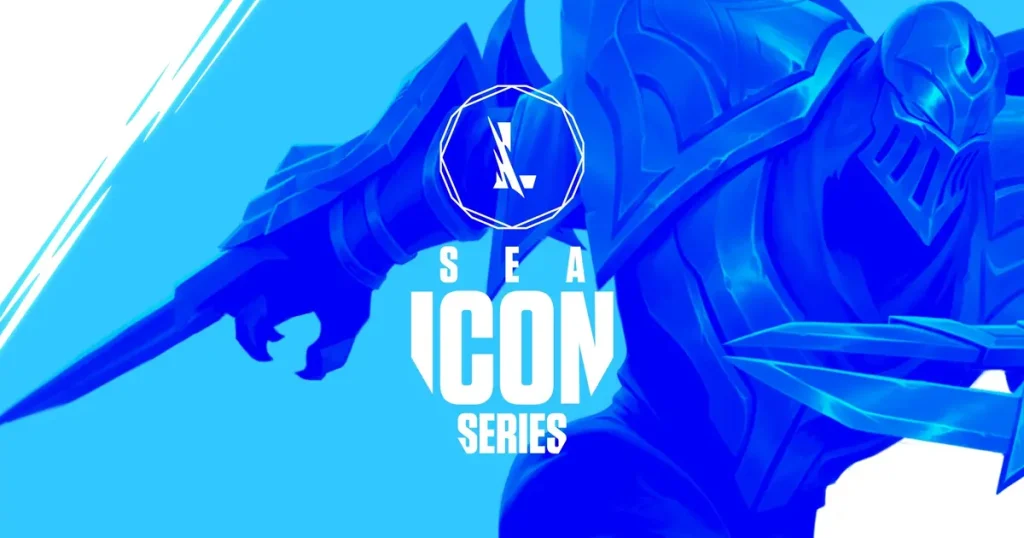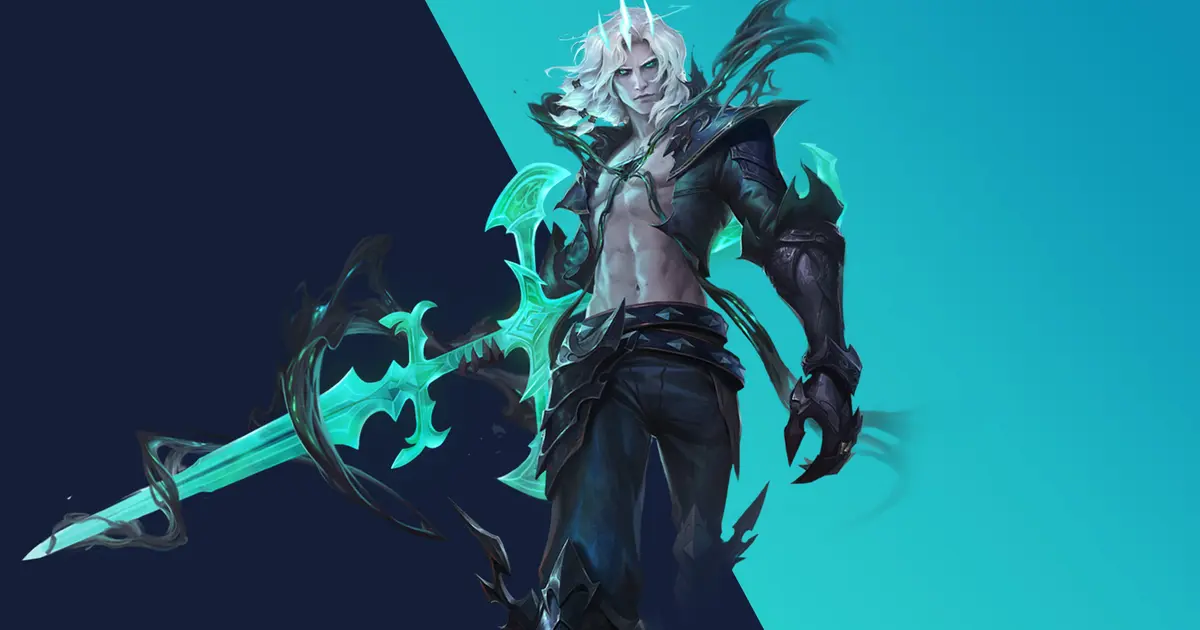Set against the electrifying backdrop of Bangkok, the latest Wild Rift Icons tournament marked the absolute highlight of the Bangkok Wild Rift events with a focus on two core pillars of high-level play: meticulous control of dragon timers and the maximization of kill spikes. With teams gathering from all over the Asia-Pacific region, the iconic BITEC Exhibition Center becomes the center of the region’s attention. Control of power kills and and level and champion breaks becomes critical to opening up map control and snowballing leads. In either case, whether you are an up-and-coming professional hoping to gain muscle on the ranked ladder, or a seasoned contender geared up for the next big showdown, knowing how to time dragon respawn synchronization with team power peaks, and item breakpoints is essential to take your Wild Rift gameplay and strategy to the top.
Mastering Dragon Timers: Map Awareness Under Pressure

Control of dragons oftentimes acts as a capstone to the relentless pace of temponaut matches in Bangkok, as it decides what side claims the tempo first. The first dragon spawns at 2:30 but it’s the second spawn of the most powerful neutral monsters, ocean/ infernal/ mountain drakes, that truly dictates the priority of the team. The best teams have a constant vision around the river area scuttle crabs and are tracking timers while juggling lane assignments and jungle paths. Rather than doing timer checks, their internal rhythm dictates that after getting the Rift Herald or taking a turret, they go mid to ward for the next dragons’ pit. Even a half second delay in “dragon’s up” signs will cost vision in a contesting scenario, which puts them in a position to be counterinitiated on.
Fans in Bangkok have seen some nail-biting action around Baron and Elder too, but it’s the early game dragons that matter the most. Teams that plan to disengage from a losing lane phase and funneled into vision denial as they began grouping around the river at 4:30 often tend to get the first ocean or mountain drake. These drakes provide sustain or turret damage mitigation that snowball laning leads into pressure on objectives. Around the 3rd or 4th dragon, the buff compositon more often than not decides whether a team splits to side turrets for sieges, or force full five-man skirmishes. So, a flawless tracking of timers, quick rotations, and smart ward placement are the fundamentals to any successful Bangkok strategy for Icons.
Unleashing Kill Spikes: Timing Your Power Peaks
Along with dragon control comes the art form of kill spike exploitation, which entails understanding when your champion gets a power surge. In Wild Rift, the most dramatic power spikes in their item completion surges during mid-lane fights. A mid-laner completing Luden‘s Echo comes with needing a six while jungle need their Mythic item. The Bangkok stage has witnessed powerful Evelynn junglers staying in non-warded bushes waiting for Duskblade Chilling to reveals targets while fed ADCs wait for needing to Slay Kraken’s true damage during mid-sidal clashes.
Not all kill spikes are item-based. Champion level spikes, or differences of even one level, can provide the ability to important crowd-control ultimates or important base stat boosts. The best teams in Bangkok are keen on analyzing the level-up patterns of both teams and their enemies. Recalling and activating ultimates are done at vital power windows. The support-carry duo might decide to hang back during the objective skirmish until their burst mage reaches level 11, which turns potential into transform into death with third-spell upgrade. Coordinating engages around these junctures transforms individual attempts at combo-kills to team-wide victory.
Strategic Implications for Team Compositions
The blend of dragon-timer control with kill-spike timing for a seamless execution requires more than pure mechanics. It demands a synergistically aligned team composition. The current Bangkok meta indicates that many teams seem to prefer hybrid drafts consolidating strong early-game junglers such as Lee Sin or Jarvan IV along with scaling hypercarry late game Kog’Maw or Jinx. This combination allows them to contest dragons much more actively during the early phases and then pivot to sieging after the player’s first core item is received by the carry. Adding a support champion who brings vision denial + crowd control both ensures that each dragon fight and gank maximizes pick potential. Thresh’s hook or Nautilus’s ultimate, for example, can further Thresh’s and Naut’s support to grab maximum inefficiency pick opt.
Other teams have shifted their focus to double-enchanter bot lanes, giving up early skirmishing power for scaling potential. With the first Infernal drake secured and subsequently backing to finish items like Ardent Censer and Redemption, these compositions guarantee their hypercarries will dominate every subsequent skirmish. The key here is to determine what spawn cycles coincide with your needed item completion timeline: giving priority to Ocean for sustain oriented lineups and Infernal for burst-oriented comps. Coaches have classically engineered mock simulations of up to five-dragon spawns during Icons Bangkok, where every team is rehearsed through early skirmishes transition into mid-game power spikes.
Adjusting to the Bangkok Style of Play

The speed at which Icons Bangkok operates as well as the enthusiasm of the local fans has compelled teams to improve their decision making under pressure. In comparison to solo-queue slower matches, tournament play requires seamless and crisp communication where pinging dragon timers must be done instantly, item completion calls need to be done single handedly, and vision calls step over the shout from the crowd. Analysts have pointed out that teams using macro shotcallers, veteran summoners assigned to meticulous item and spawn coordination, outperform teams with less defined forms of communication. These shotcallers know exactly when each drake and Baron spawn, and with constant monitoring of player’s item inventories, they can enable their teams to position themselves in order to coordinate spikes beforehand.
For aspiring players, the takeaway is unmistakable: in-game drills simulating dragon spawn and item back-timers should be practiced for map-wide awareness. Do so with practice mode to familiarize yourself with power-spike benchmarks of your favorite champion such as an item coming online, or levels 7, 11, and 13 significantly changing team-fight impact – develop the self-habit of call-outs in your games. By enhancing your macro cognition alongside executing your mechanics, you will be prepared to make high-stakes moves like those seen in Icons Bangkok on your journey to master rank.
